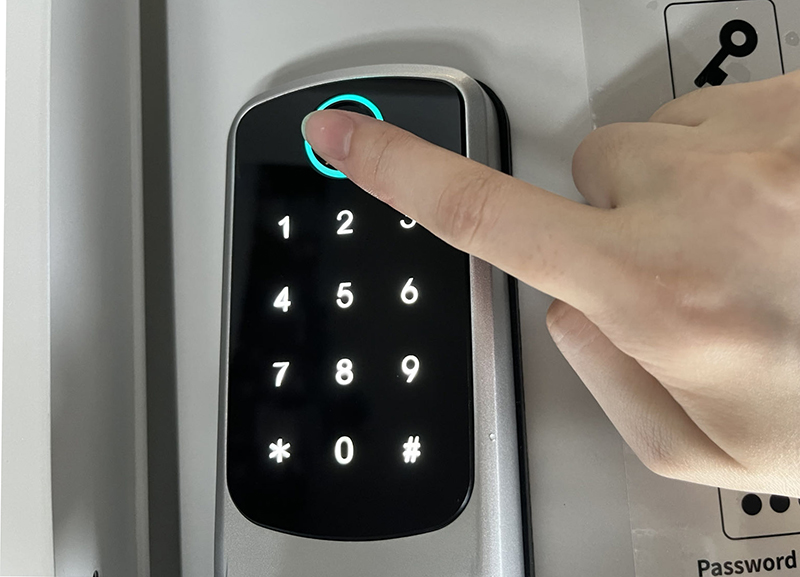Recently, temperatures across the country have been rising rapidly, with many areas approaching 40°C (104°F). Smart locks, which are sensitive to environmental changes, are particularly susceptible to several issues during the summer months. It’s crucial to be aware of these potential problems and know how to address them effectively.
1. Battery Leakage
Fully automatic smart locks use rechargeable lithium batteries, which are not prone to leakage. However, semi-automatic smart locks typically rely on disposable dry batteries, which can leak due to high temperatures. Battery leakage can corrode the battery compartment or the circuit board, leading to rapid battery drain or complete lock malfunction.
To prevent this, check the battery status at the beginning of summer. If you notice the batteries are becoming soft or have a sticky residue, replace them immediately with new ones.
2. Fingerprint Recognition Issues
During the summer, sweat or sticky substances like watermelon juice can contaminate the fingerprint sensor, making it difficult for the lock to recognize fingerprints. This often results in failed or challenging fingerprint recognition.
To resolve this, clean the fingerprint sensor with a slightly damp cloth. If the sensor is clean and undamaged but still fails to recognize fingerprints, consider re-registering your fingerprints. Temperature changes can affect fingerprint recognition, as the system records the temperature during initial registration. Significant temperature differences can impact the efficiency of fingerprint identification.
3. Incorrect Input and Lockouts
Typically, smart locks trigger a lockout after five incorrect password attempts. However, some users report being locked out after only two or three attempts.
This could indicate that someone has already tried to access your lock while you were away. For instance, if someone attempts three times unsuccessfully, you won’t be aware of it. When you return home and make two more incorrect attempts, the lock triggers the lockout mechanism after the fifth incorrect attempt.
To prevent this, regularly clean the password keypad with a damp cloth to avoid leaving fingerprints that could aid intruders. Additionally, consider installing a doorbell camera with a snapshot or video recording feature to monitor your door 24/7, ensuring your home’s security.
4. Unresponsive Lock
When a smart lock’s battery is low, it typically emits a “beep” sound or fails to unlock after verification. If the battery is completely drained, the lock will be unresponsive. In such cases, you can use an emergency power supply through an external power port, like a power bank, to temporarily power the lock. Alternatively, using a mechanical key can always unlock the door regardless of the battery status.
During early summer, if a room is unoccupied for an extended period, remove the batteries from the smart lock to avoid leakage and the associated repair issues. Ensure that you do not leave all mechanical keys at home, especially for fully automatic smart locks, as they cannot be unlocked with an external power source if the battery is removed.
By understanding these common issues and their solutions, you can ensure your smart lock operates efficiently throughout the summer, maintaining both convenience and security for your home.
Post time: Jul-24-2024






